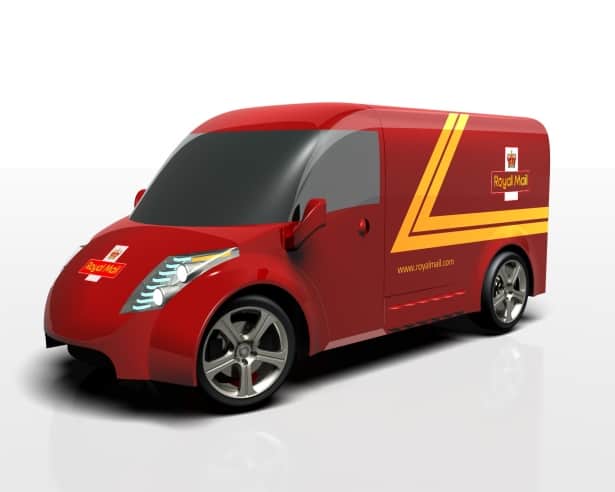One of the main engineering challenges for today’s automotive community is how to reduce vehicle carbon emissions of future vehicles whist retaining the comforts and safety of the vehicles we all drive today.
Electrification of the vehicle powertrain is a major research activity and large budgets are being deployed by industry to develop new low emission vehicles. Electrification of vehicles, however, is not new - indeed, electric vehicles were around at the dawn of the motor industry so why then have they not become mainstream?

This can be answered by referring to Newton’s second law: F=ma. Unfortunately, vehicles are relatively heavy and demand lots of power and energy to make them viable. We like safe vehicles and we like comfort - all of which adds mass requiring more force to propel them. It’s a vicious circle! As a result, modern internal combustion engines (ICEs) - which typically achieve around 40% efficiency - have dominated the automotive powertrain of vehicles for over a century, despite them being relatively inefficient compared to electric motors which typically achieve 90% efficiency.
’Electric vehicles were around at the dawn of the motor industry so why then have they not become mainstream?
As engineers, if we are to introduce high efficiency electric powertrains into modern day and future vehicles, we need to:
- Develop efficient electric traction systems that are light, powerful and robust
- Develop vehicle chassis, body and powertrain systems as a fully integrated system taking every possibility to reduce the use of materials and the resultant mass
- Develop new platforms that are significantly lighter, not just deploying lighter materials, but also using the materials we have to better advantage and lightening through innovation and design
- Develop electrical energy storage systems that offer much higher energy densities than offered today, to address range anxiety but in the meantime develop methods to extend the electric vehicle range
MIRA has used this holistic approach to demonstrate how these goals can be achieved in the development of The Hybrid Integrated Urban Commercial Vehicle (HiUCV).
Through extensive integration of body, chassis and an all new electric powertrain, HiUCV delivers a 50% reduction in carbon emissions, has a 50% larger payload volume and can carry 1250kgs more than its comparator. The vehicle also provides zero emission operation, is quieter and is more manoeuvrable where it matters - in the urban environment.
A downsized, diesel ICE is retained as a way of generating power during the vehicle working day but is integrated in a way that when new technology is developed the diesel unit can be displaced. For example, future applications might deploy a hydrogen fuel cell or a fast charging system to bridge the range gap of the current Lithium based energy storage solutions and HiUCV has been designed with this in mind.
Although range anxiety remains a problem and will restrict the mainstream take up of electric vehicles until this issue is addressed, electric vehicles can help to reduce emissions particularly in the urban environment. For electric vehicles to be as successful as mainstream vehicles, extending range remains the only viable solution and the ICE will play a major role. How these powertrains are integrated into the vehicle will make a significant difference to the success of electric vehicles in the future.




Nanogenerator consumes CO2 to generate electricity
Whoopee, they've solved how to keep a light on but not a lot else.